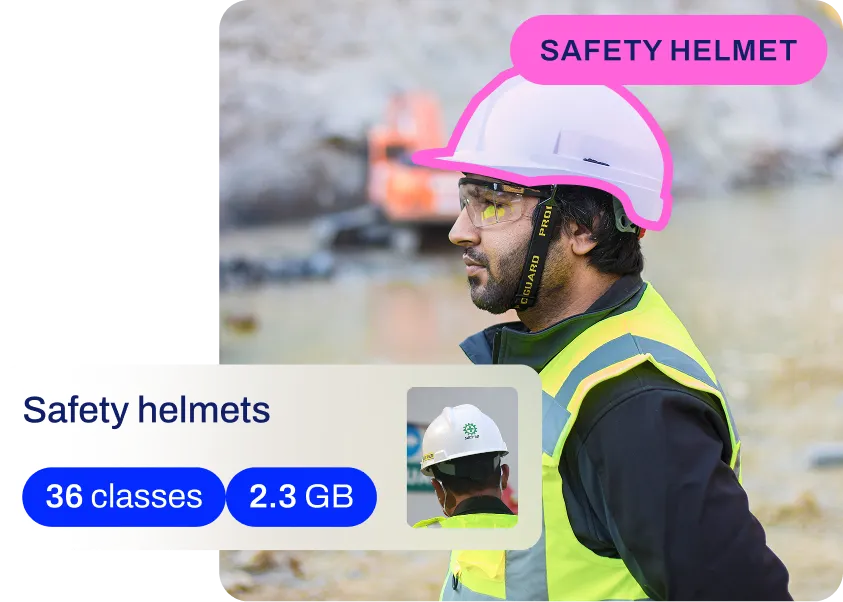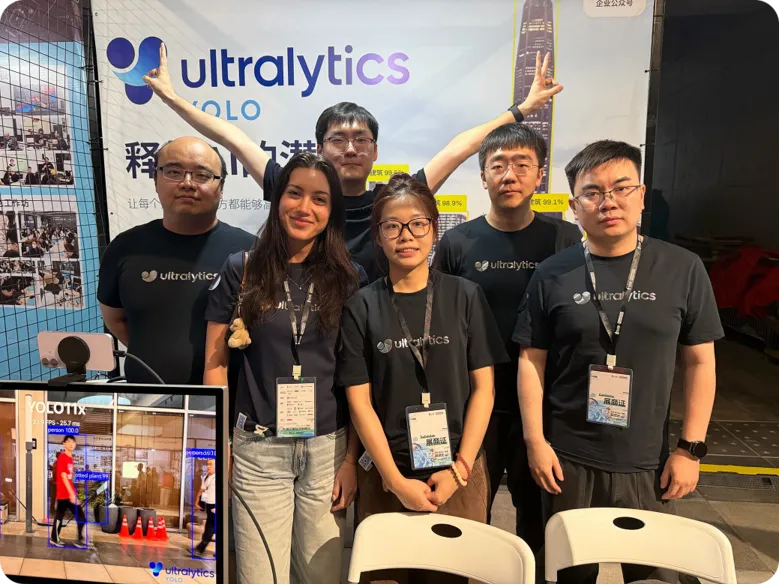Feature Extraction
Discover the power of feature extraction in machine learning with Ultralytics YOLO11. Learn techniques for efficient detection and analysis.
Feature extraction is a pivotal process in
machine learning (ML) that involves
transforming raw data into a numerical representation that can be processed by algorithms while preserving the
original dataset's most relevant information. By refining high-dimensional inputs—such as raw pixel values in an image
or audio waveforms—into a manageable set of attributes, feature extraction reduces the complexity of the data. This
transformation is essential for handling the
curse of dimensionality, a phenomenon where an
excessive number of input variables can negatively impact a model's performance and increase computational costs.
Effective extraction methods isolate the signal from the noise, allowing
predictive modeling tools to learn patterns
more efficiently.
The Role of Feature Extraction in AI
The primary objective of feature extraction is to convert complex data into a
feature vector, a compact representation that encapsulates
the essential characteristics of the input. This process is critical for optimizing
model training workflows. By reducing the amount of redundant
data, developers can achieve faster training times and lower memory usage. Furthermore, simplifying the input data
helps prevent overfitting, ensuring that the model
generalizes well to new, unseen examples rather than memorizing the noise in the training set.
In modern deep learning (DL), feature extraction
is often automated. Architectures like
Convolutional Neural Networks (CNNs)
utilize layers of filters to automatically learn identifying traits from images. The initial layers might detect
simple edges or textures, while deeper layers combine these into complex forms like eyes or wheels. This automated
approach contrasts with traditional
computer vision (CV) techniques, such as the
Scale-Invariant Feature Transform (SIFT), where experts manually designed algorithms to identify key points in an image.
Real-World Applications
Feature extraction is the engine behind many transformative
Artificial Intelligence (AI)
technologies across various industries.
-
Medical Diagnostics: In the field of
AI in healthcare, algorithms analyze medical
imagery like X-rays or MRI scans. Through
medical image analysis, models extract
features related to tissue density, tumor shape, or texture anomalies. These features allow systems to assist
radiologists in early disease detection, significantly improving patient outcomes.
-
Autonomous Vehicles: Self-driving cars rely heavily on feature extraction to navigate safely. By
processing video feeds from onboard cameras,
object detection models identify critical
features such as lane markings, traffic signs, and pedestrian silhouettes. This real-time analysis enables
AI in automotive systems to make split-second
decisions regarding steering and braking.
Automated Extraction with Ultralytics YOLO
State-of-the-art models like Ultralytics YOLO11 utilize a
component known as a backbone to perform feature
extraction. As the image passes through the network, the backbone generates
feature maps that highlight the presence of objects.
The following code snippet demonstrates how to load a pre-trained model and perform inference. During this process,
the model internally extracts features to locate and classify objects.
from ultralytics import YOLO
# Load a pretrained YOLO11 model which contains a learned feature extraction backbone
model = YOLO("yolo11n.pt")
# Run inference on an image; the model extracts features to detect the bus
results = model("https://ultralytics.com/images/bus.jpg")
# Display the resulting bounding boxes derived from the extracted features
results[0].show()
Distinguishing Related Concepts
It is important to differentiate feature extraction from similar terms found in data science and
data preprocessing workflows.
-
Feature Extraction vs.
Feature Engineering:
Feature engineering is a broader term that often implies a manual process where domain knowledge is used to create
new features from raw data (e.g., calculating a "body mass index" from weight and height columns). Feature
extraction is a specific type of engineering that transforms high-dimensional data (like pixels) into a
lower-dimensional space, often using mathematical techniques like
Principal Component Analysis (PCA)
or learned network layers.
-
Feature Extraction vs.
Dimensionality Reduction:
Dimensionality reduction is the goal—reducing the number of random variables under consideration. Feature
extraction is a method to achieve this goal by creating new, combined features. Another method is
feature selection, which simply selects
a subset of existing features without altering them.
Frameworks such as PyTorch and
TensorFlow provide the necessary tools to implement both
manual and automated feature extraction pipelines, enabling the development of robust
AI agents and analytical tools.












